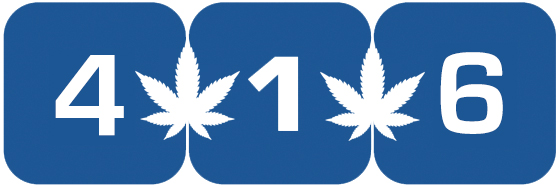There aren’t many unifying factors across the cannabis community these days. What once seemed like a largely in-lock-step group has splintered over the years. Still, one of the rare agreements reached across the spectrum is that the education gap persists.
The education gap essentially boils down to what is accurate and inaccurate about the plant and the misconceptions that weave through the community. Like many others coined in recent years, the term has been regularly thrown around in commercial settings but has failed to reach more casual and new consumers.
Today, the general public either wants to learn more but can’t uncover it or doesn’t have an interest in learning much. In either case, the industry is falling way short.
Finding the Education Gap
Instead of the education gap, it may be more accurate to call the current problem an education valley, canyon, chasm, or trench.
The problem is wide-ranging, touching on countless aspects of today’s weed world. A quick search online of the term ‘cannabis education gap’ brings up an array of topics over the past several years, including analysis of gaps affecting medical patients, medical professionals, job training, youth consumption and plant education across the board. These instances and many more reveal the vast array of concerns facing the industry and how it teaches the public.
This article was inspired by personal experiences working as a news reporter, copywriter, and casual plant consumer over the past several years. In each role, I’ve witnessed so-called experts mislead the public. In turn, I’ve seen the public butcher basic cannabis facts, with most assuming what they’re regurgitating is fact.
I can’t begin to count how many dispensaries I’ve visited where budtenders have asked if I am seeking an indica or sativa effect. …
Read More
Author: Andrew Ward / High Times





